Let’s start with an intriguing question: “Do new regulations in something previously unregulated signal that it is now gaining popularity or having a bigger impact on us?”
The answer, particularly when it comes to AI, is a resounding yes—reflected by the solidification of the Artificial Intelligence Act by the EU on 13 March 2024, which officially enacts the ubiquitous and intimate role AI plays in our lives.
In fact, from minor conveniences to the sophisticated packaging that surrounds us, AI has quietly shaped and streamlined our lives, gently yet decisively exerting its impacts.
To discover the key areas where AI has transformed the packaging industry, read on for insights into the impact of AI and the future possibilities this will open up.
Table of Contents
An overview of AI’s involvement in packaging
AI-driven design and production
AI and sustainable packaging
AI and consumer engagement
Unboxing AI tech: The future or right now?
An overview of AI’s involvement in packaging
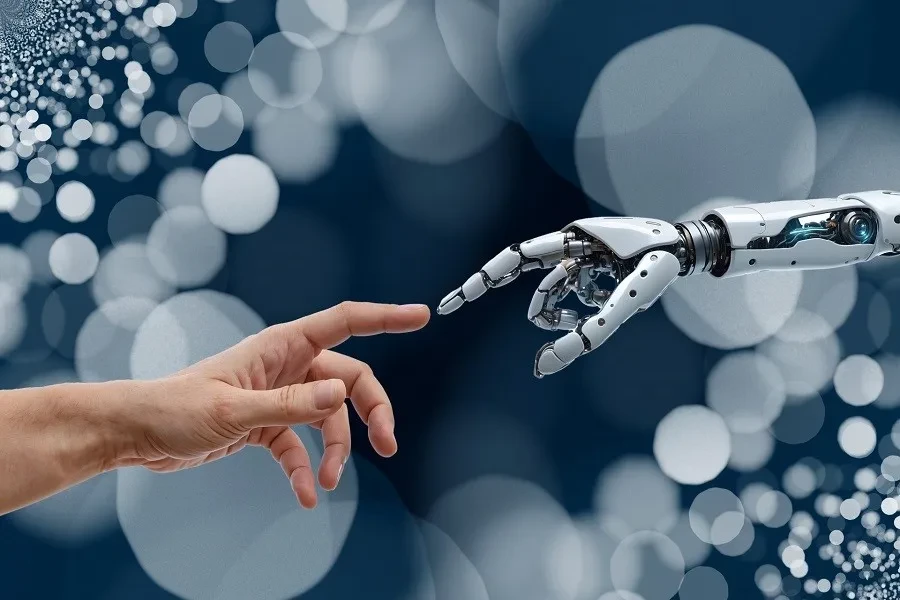
Prior to 2019, AI developments spanned various fields without any significant involvement in the packaging industry. Aside from intermittent AI winter periods, the era showcased AI’s prowess with Deep Blue defeating the human chess champion in 1997, the launch of Siri as the world’s first “virtual assistant” in 2011, Google’s autonomous car in 2009, and Alibaba’s AI model outperforming humans in a Stanford University reading and comprehension test in 2018.
However, after 2019, the adoption of AI in the packaging field began to accelerate. Studies indicated that the AI packaging market experienced a healthy growth rate of 8.7% from 2019 to 2023, with increased adoption for quality control, supply chain optimization, and design personalization.
Moving forward from 2023, experts anticipate substantial growth in the global AI application market in the packaging industry, projecting a compound annual growth rate (CAGR) of 10.28% up to 2032. AI is poised to further revolutionize the packaging sector, particularly in design and sustainability efforts, fostering innovation and efficiency. Essentially, all these reports and forecasts signify AI’s evolution from an emerging technology to a key driver of industry advancement.
AI-driven design and production
Anyone who has used a powerful AI image generator before can easily detect the usefulness and creativity exhibited by the AI designs. In terms of packaging design, however, what AI can achieve is much more than meets the eye. It’s those small details behind the scenes that make AI-driven design stand out compared to traditional designs and manual approaches.
To have a concrete idea about how AI-driven tech affects packaging designs and production, let’s first recap the top main goals of packaging: to provide protection, create eye-catching, differential designs that can help to establish and identify brand identity, and also to communicate important product info to the customers at a sustainable cost.
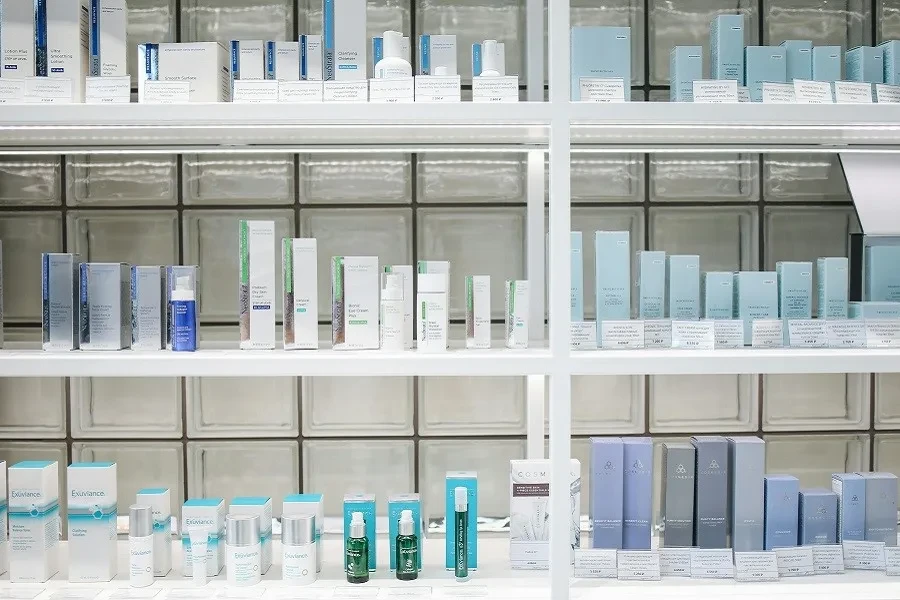
In the context of packaging protection, AI-driven package design processes help to improve that by aiding in the right material selection to provide optimal protection, including right-sized packaging determination through AI algorithms, thereby also minimizing material wastage and helping to ensure carefully measured packaging cost control. Such an approach is beneficial to packaging for various products, particularly food and beverage packaging, which prioritizes suitable packaging material to ensure food safety and the required regulation compliance.
Meanwhile, for attractive designs that can stand out among the crowds, AI packaging design can adopt strategic approaches to color and template selection via competitor and market trends analysis. AI aids in placing appropriate design choices, while also adjusting these insights to meet the specific needs of the brands. Cosmetic and beauty packaging as well as luxury product packaging, which normally come with captivating packaging designs to capture consumer attention, can surely gain from such AI-enhanced designs.
In a nutshell, AI’s application in packaging design elevates the overall aesthetic to ensure consistent alignment with the brand’s identity. Through a detailed examination of essential design elements like colors, fonts, and imagery, AI generates superior designs that not only target to embody the brand’s essence but also engage the target audience effectively. The autonomous capabilities of AI further expedite the creation of 3D prototypes and custom packaging that are tailored to product specifications, hence accurately passing any intended product information to the customers.
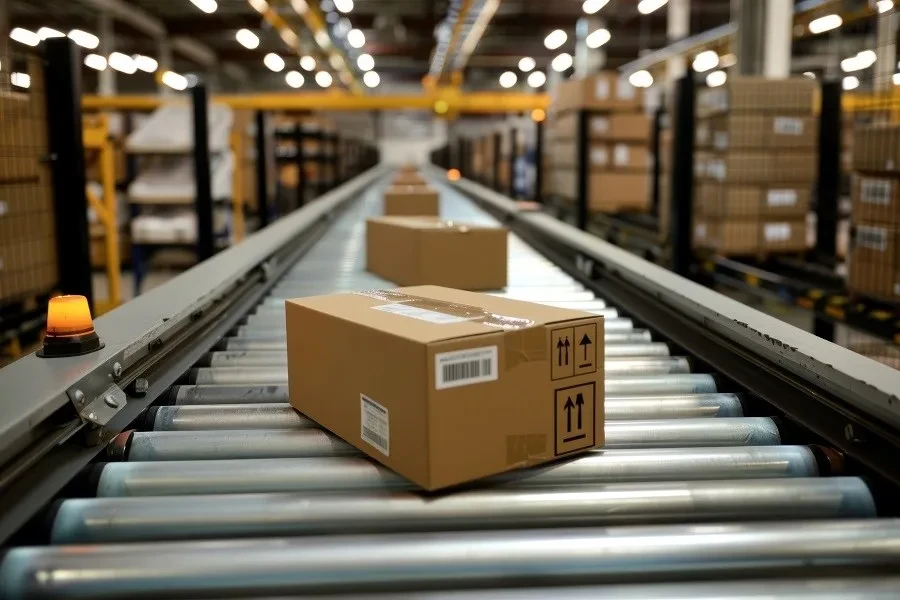
At the same time, this expedited process translates into a quicker, more efficient production workflow within the packaging industry. With AI-integrated design tools such as Canva and Adobe Illustrator, extensive AI-generated design resources that support simultaneous intelligent editing are available, hence allowing for the rapid creation of visually appealing packaging options that streamline the packaging design transformation.
By automating inventory management, AI also ensures packaging materials can always be sufficient when needed, improving the production process while also preventing hold-ups. Through predictive maintenance and quick issue resolution, AI also significantly reduces packaging machine downtime, ensuring continuous productivity.
In essence, AI’s integration into the packaging industry heralds a new era of design creativity and production efficiency regarding packaging protection, cost-effectiveness, visual appeal, and brand coherence with clear, communicative design elements.
AI and sustainable packaging
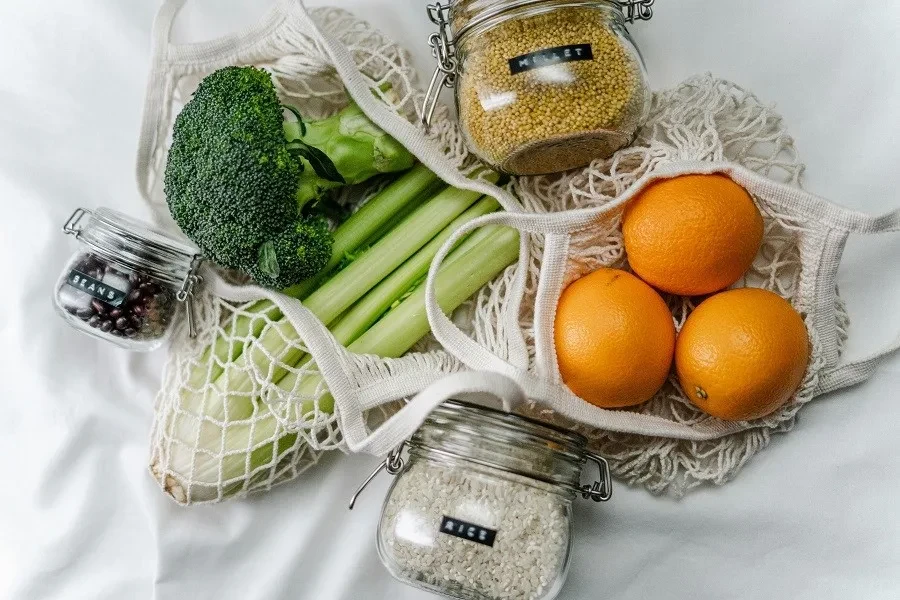
Sustainability practices in every industry are gauged on two main critical fronts: optimizing the use of sustainable materials and fostering a continuous if not highly attainable, recycling process. This is indeed particularly crucial in the packaging industry, where packaging waste alone constitutes half of the total global waste. To meet these sustainability goals, AI leverages one of its strongest points—the analytical capabilities to ensure the selection of the most sustainable materials and minimize material usage through its design algorithms, thereby reducing the ecological footprint.
Moreover, in order to optimize recycling processes for efficient reuse of materials, AI’s role extends beyond design to enhancing supply chain efficiency, managing inventory smartly to prevent overproduction, and promoting the development of simpler, recyclable packaging alternatives.
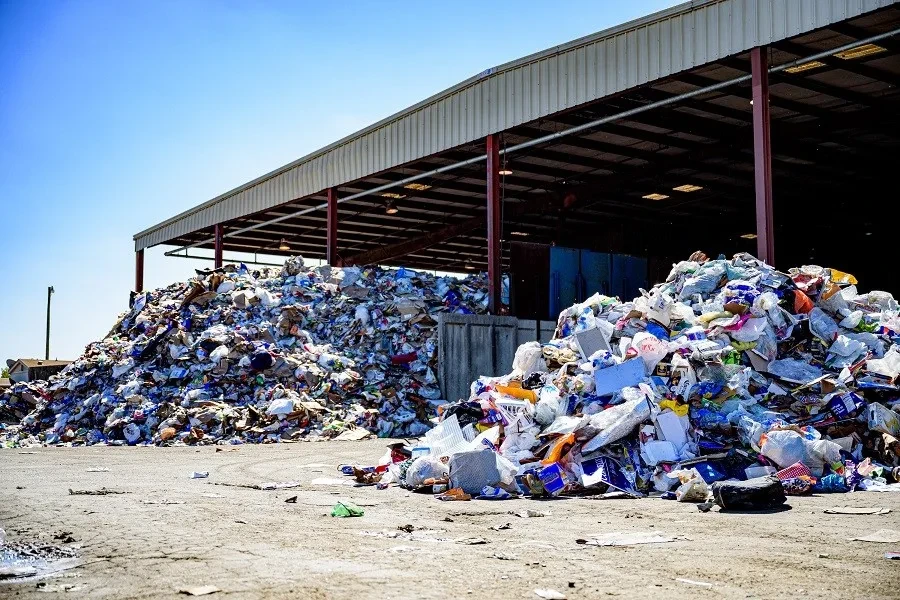
From a business perspective, adopting AI-driven sustainable packaging practices is not merely following a trend but embracing a strategy that resonates with consumer demand for environmentally friendly practices. It’s a method to boost brand identity and project an eco-conscious and responsible corporate image. Consequently, sustainable and biodegradable packaging can elevate sales and profitability while also making a positive environmental impact.
Encouragingly, the push for packaging sustainability through AI is gaining momentum, with industry leaders like L’Oreal and Estée Lauder pursuing sustainable packaging solutions in recent years. They use specific AI tools, such as Monolith AI to harness diverse engineering data to create eco-friendly designs, signaling a significant shift towards more sustainable practices in the packaging sector.
AI and consumer engagement
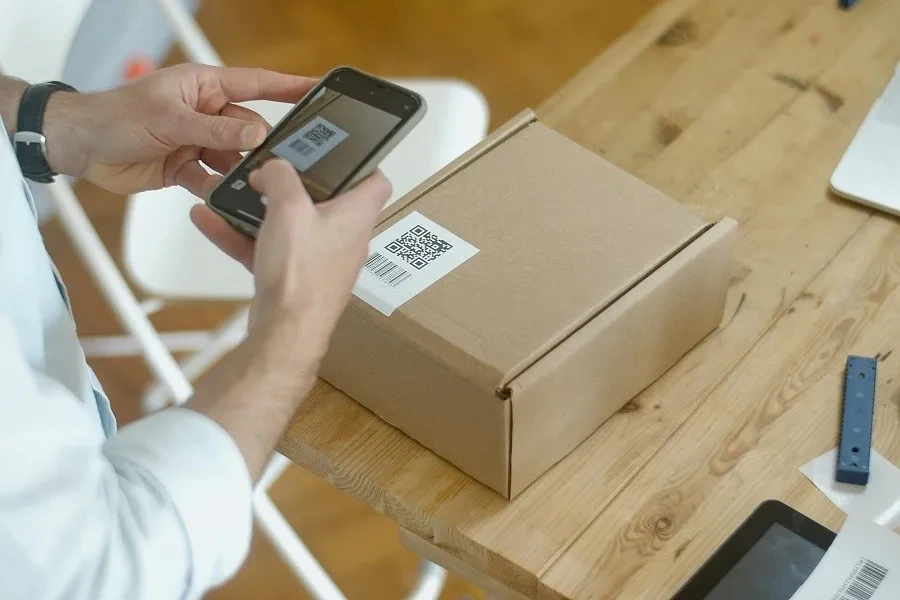
Remember those days when people were fascinated by uncovering information beneath peel-off labels or engaging with puzzles printed on the packaging? Along with URLs and messenger contacts, these represent the initial attempts at interactive packaging. Fast forward to recent years, RFID or NFC packaging and QR code packaging have streamlined this interactivity, offering a frictionless bridge between physical products and digital content.
Now, AI-driven packaging is set to further revolutionize consumer engagement by harnessing Augmented Reality (AR), Virtual Reality (VR), and the Internet of Things (IoT). Together, they enrich the packaging experience, making interactive and deeply personalized options.
Through these digital innovation technologies, AI is reshaping the packaging industry with the creation of packaging that really speaks to customers. Basically, AI helps craft packaging solutions that make people feel a special connection to the brand through consumer behaviors and preferences analysis.
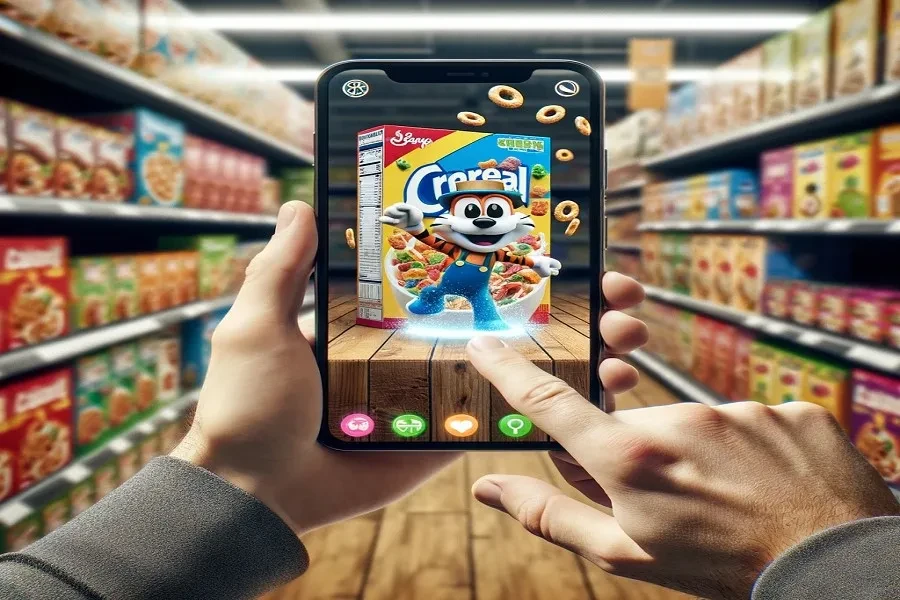
This personalized touch is complemented by the innovative use of AR technology through AR code, which allows customers to interact with products in a fun and engaging way, offering immersive product interactions that enhance decision-making and boost consumer confidence. As AI continues to integrate with advanced technologies like AR, VR, and IoT, more interesting and personalized interactive packaging solutions can be expected, helping businesses to stay ahead by meeting what customers want in new and exciting ways.
Unboxing AI tech: The future or right now?
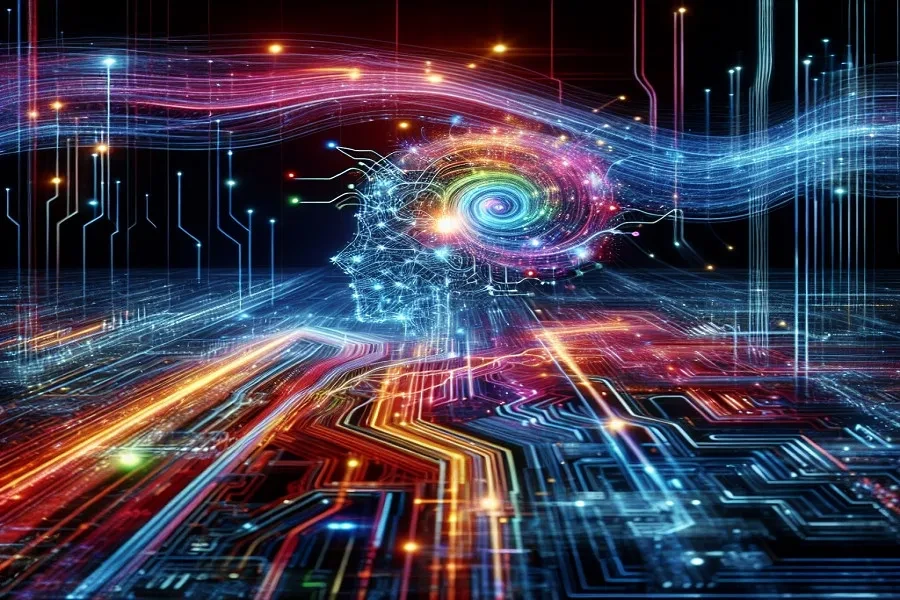
The infusion of artificial intelligence in the packaging industry has set the stage that embodies innovative designs, production efficiency, sustainability, as well as a deepened consumer connection. Unboxing AI-driven packaging unveils a new era where every aspect of packaging, from design to delivery, can be empowered and enhanced by AI, offering solutions that are not only aesthetically pleasing but also environmentally responsible. The influence of AI spans across the development phase to the point of production, enabling companies to leverage data-driven insights for creating packaging that truly stands out.
For a deeper dive into the transformative power of AI in packaging and how AI is reshaping the industry, visit Alibaba.com Reads regularly to gain access to innovative ideas, insights into industry trends, and the latest business updates to stay ahead in the packaging domain.




